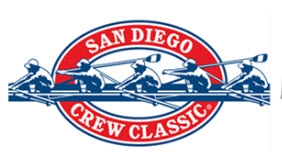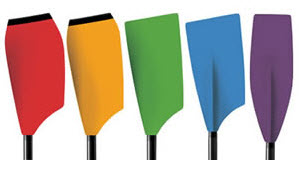As part of our training, we are provided with simple explanations of why we do what we do and what purpose it serves. From my understanding, training serves as a stimulus for the body in the form of stress. This stress encourages the body to adapt and the subsequent adaption is fitness. This adaption can only occur whilst the body is recovering. Like a broken bone that grows back together and calcifies, a body responding to training stimulus will come back stronger, but only if it is allowed to repair first. Because an athlete can train more intensely and often will have more physical capacity, we place a premium on recovery. If we can enhance and accelerate our recovery, our coaches can add a lot more volume and intensity of work. We use numerous strategies to enhance the recovery process. These strategies function primarily in the 1–2 hour period immediately after training or racing or in the 24-hour period following training or racing. Continue Reading ›




 At the 2014 Head Of The Charles Regatta, we introduced a simple new oar carrier that holds four sweep oars or two pair of sculls. Made of Baltic Birch Plywood, six carriers can be cut from a single 5’ x 5’ piece. You can access the plans to build your own, or—as of early December—you can purchase carriers directly from Concept2 for $25 each. We'll sell them like “unfinished furniture.” You can finish them in your team colors for easy identification.
At the 2014 Head Of The Charles Regatta, we introduced a simple new oar carrier that holds four sweep oars or two pair of sculls. Made of Baltic Birch Plywood, six carriers can be cut from a single 5’ x 5’ piece. You can access the plans to build your own, or—as of early December—you can purchase carriers directly from Concept2 for $25 each. We'll sell them like “unfinished furniture.” You can finish them in your team colors for easy identification.  A lot of us have seen it before: a brand new set of oars in the boathouse, just begging to be rowed, but they can’t be used until the blades get the school-color treatment. Or maybe it was race day when you realized that the paint job you had agonized over a few days before is already peeling! Fortunately, we’re now expanding Concept2’s blade color options to 53 colors in order to make it easy to get great-looking oars.
A lot of us have seen it before: a brand new set of oars in the boathouse, just begging to be rowed, but they can’t be used until the blades get the school-color treatment. Or maybe it was race day when you realized that the paint job you had agonized over a few days before is already peeling! Fortunately, we’re now expanding Concept2’s blade color options to 53 colors in order to make it easy to get great-looking oars. 
